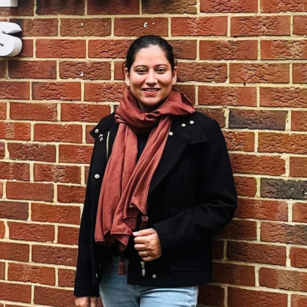Many inhabitants of Azad Jammu and Kashmir (AJK) hold the belief that their society is not only more egalitarian today than that of their forefathers’, but also more egalitarian than that in Pakistan. According to them, Pakistani society continues to be highly hierarchical with stark class and caste-like boundaries, while in AJK these boundaries have become weaker and merely symbolic since the 1970s due to changes in four interconnected factors; namely, migration patterns, land ownership, access to education, and democratic politics. This created an unprecedented level of social mobility among and within biradaris, the caste-like kinship corporate entities that are the crucial social boundary in this region. Yet, the main factor dictating membership in the biradari – endogamy – did not change, and access to power and resources is still determined mostly through biradari-ism. In this paper, I examine how notions of hierarchy and social stratification evolved over time and what contributed to this evolution. I argue and conclude that AJK society is still hierarchical but it has gained an element of fluidity.
Related content
18 April 2024
Student Opinion
Support for first-generation learners
27 March 2024
Book
Changing Narratives Around Humanitarian Protection and Gender‑Based Violence: An Artistic Journey
eBook
27 March 2024
